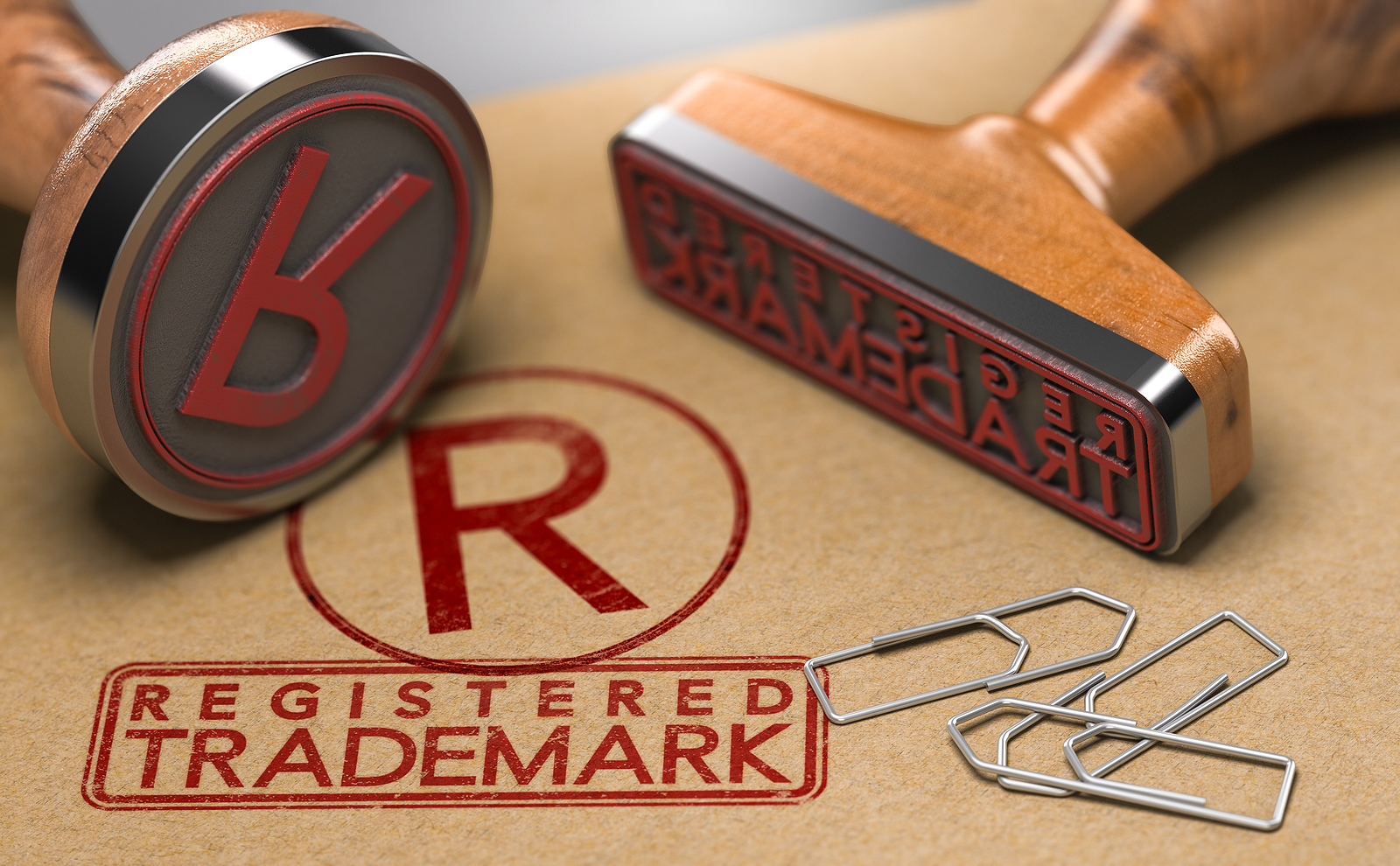Steps and Legal Considerations When Registering a Trademark
Starting a business involves many steps. One crucial aspect that is sometimes overlooked is protecting your brand identity. A trademark is one of the most effective ways to safeguard your business name, logo, or slogan. Registering a trademark is not just a formality; it’s a legal move that can protect you from future problems.
What is a Trademark?
A trademark is a recognizable sign, design, word, or phrase that distinguishes the goods or services of one party from those of others. The United States Patent and Trademark Office (USPTO) regulates trademarks. While you can develop some trademark rights simply by using your mark in commerce, known as “common law” rights, registering your trademark provides stronger, nationwide protection.
What Is the Step-by-Step Process for Registering a Trademark?
Step 1: Determine if You Need a Trademark
Before beginning the registration process, ask yourself if you genuinely need a trademark. A trademark is likely worth the investment if your business name or logo is unique, recognizable, and will be used consistently in the marketplace. Registering a trademark provides the right to exclusively use it with your products or services, making it harder for competitors to capitalize on your brand.
Step 2: Conduct a Trademark Search
One of the most crucial steps before filing a trademark application is conducting a thorough search to ensure your desired trademark isn’t already in use. The USPTO’s Trademark Electronic Search System (TESS) allows you to search for existing trademarks. Look for potential conflicts in spelling, pronunciation, or meaning, as trademarks that are confusingly similar to existing ones may be rejected.
A trademark search can be complex because even slight similarities in appearance or sound can lead to rejection. Therefore, it may be wise to hire an attorney to conduct a comprehensive search.
Step 3: Choose Your Mark
Once you’ve verified that your desired trademark is available, it’s time to finalize what you will trademark. This could be a name, logo, slogan, or combination of these elements. However, remember that not all marks are eligible for trademark protection. Generic or descriptive terms describing a product or service are often rejected. For example, you can’t trademark “Bakery” for a bakery shop, but something more unique like “Happy Cookies Bakery” could be eligible.
Step 4: Identify the Class of Goods or Services
The USPTO groups goods and services into 45 different classes, and when you apply for a trademark, you must specify which class your goods or services fall into. For example, clothing falls under Class 25, while advertising services fall under Class 35. Each class will require a separate filing fee, so it’s important to be precise to avoid unnecessary costs.
Step 5: File Your Trademark Application
With your trademark selected and goods or services identified, the application can be filed with the USPTO. This can be completed on the Trademark Electronic Application System (TEAS) online service. You must provide several pieces of information in your application, including a clear drawing or image of the trademark if it’s a logo, a description of the goods or services covered by the trademark, and the date the mark was first used in commerce, if applicable.
Step 6: Respond to Office Actions
After your application is submitted, a USPTO attorney will review it. If there are any issues or concerns, the USPTO will issue an “Office Action.” You will need to respond to this notice to move forward. Sometimes, the issues are simple to address, but legal expertise may be required in more complex cases.
Step 7: Publication in the Official Gazette
If your application passes the initial review, your trademark will be published in the USPTO’s Official Gazette. This publicly announces your trademark and allows others to oppose your registration. If no opposition is filed within 30 days, your mark will move forward in the process.
Step 8: Receive Your Trademark Registration Certificate
The USPTO will issue a Trademark Registration Certificate if no oppositions are filed and you’ve successfully addressed any Office Actions. Your trademark is now officially registered, and you can begin using the ® symbol to indicate that your mark is federally protected.
What Are Legal Considerations for Trademark Registration?
Common Law vs. Registered Trademarks
Even without formal registration, you may have some rights to a trademark simply by using it in commerce. However, these rights are limited to the geographic area where the mark is being used. Registering your trademark gives you national protection, making it much easier to defend your mark in court or act against infringers.
Ongoing Maintenance Requirements
Once you have registered your trademark, you are not done. You must file maintenance documents with the USPTO to keep your trademark active. Specifically, you must file a Declaration of Use between the fifth and sixth years after registration. A renewal application is required every ten years. Failure to file these documents can result in your trademark being canceled.
Monitor and Enforce Your Trademark
Having a registered trademark gives you legal protection, but it’s up to you to monitor the market and ensure no one else is using your mark. The USPTO does not enforce trademarks, so you must actively police your mark and take action against potential infringers. This could involve sending cease-and-desist letters or filing a lawsuit in more serious cases.
Protect Your Brand – Let Lankford Law Firm Handle Your Trademark Registration!
Are you ready to take the next step in securing your brand? Whether you’re just starting or expanding your business, Lankford Law Firm is committed to protecting businesses like yours and will ensure your brand gets the protection it deserves. Call 850-888-8992 to schedule a consultation today.


 Call Us Now
Call Us Now Email Us Now
Email Us Now



